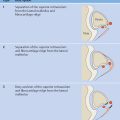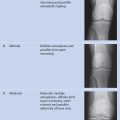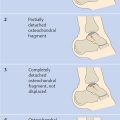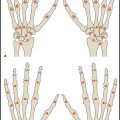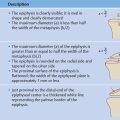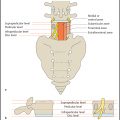Muscle Injuries
Müller-Wohlfahrt Classification
The terminology used in the literature for classifying muscle injuries is highly diverse, and many proposed classifications are unsuitable for evaluating injuries with respect to their management and prognosis.
In 2010, Müller-Wohlfahrt introduced a new classification that precisely defines the different types of muscle injury while also taking into account factors that are relevant to treatment, such as the size of the tear. The classification also includes “functional minor injuries,” which cause no structural damage and usually produce no imaging abnormalities but account for a large percentage of muscle injuries in general. Most stage II–IV injuries in this classification can be reliably differentiated on magnetic resonance imaging (MRI).
The best imaging modalities for diagnosing muscle injuries are MRI and ultrasound. Ultrasound imaging requires an experienced examiner, and the findings are depicted less clearly and objectively than by MRI. For this reason, MRI has become the imaging modality of choice for the differentiation of muscle injuries. A quality examination requires the correct pulse sequences and the highest possible spatial resolution. This chapter describes the typical patterns of MRI findings that are associated with different types of muscle injury. For details on sonographic findings, we refer the reader to the specialized literature.
Table 16.1 summarizes the Müller-Wohlfahrt classification with special emphasis on MRI findings.
To understand the classification, it is necessary to know the structure of muscle tissue and the imaging appearance of its various elements. The muscle fibers (multinucleated muscle cells) are grouped by connective tissue (epimysium and perimysium) into primary and secondary bundles. Only the secondary bundles can be directly visualized by MRI. They are important functional units that measure a few millimeters in diameter and consist of multiple primary bundles sheathed by perimysium. They can be palpated by an experienced examiner and appear as “muscle fibers” on MR images.
Painful Muscle Hardening (Type I Lesion)
Two types of muscle hardening are distinguished: type Ia (fatigue-induced) and type Ib (neurogenic). Both are classified as minor injuries because muscle hardening is a functional lesion that occurs in the absence of underlying structural damage. While a type Ia injury is caused by fatigue or overuse, a type Ib injury is based on a neurogenic increase in muscle tone. The result of the injury is a hardening or firmness that extends the full length of the affected muscle. Complaints range from an aching or tight sensation to significant pain. MRI, which is rarely performed for these injuries, typically shows no abnormalities. However, in some cases of type I lesions rapidly reversible intramuscular edema may develop, and subfascial edema may also be present with a type Ib lesion.
Muscle Strain (Type II Lesion)
Muscle strain is caused by a dysregulation of muscle tone that usually occurs suddenly, often at the start of exercise. The injury is most commonly located in the area of the muscle belly. Typically a localized swelling is found on physical examination. Since the integrity of the tissue is intact, all fibers visible on MRI (secondary bundles) appear to be intact, and images typically show edematous changes around the intact fiber structures, which have a feathery appearance.
Muscle-Fiber and Muscle-Bundle Tears (Type III Lesions)
Muscle Fiber Tear (Type IIIa Lesion)
A muscle fiber tear involves the rupture of one or more secondary bundles. The usual site of occurrence is at the musculotendinous junction. MRI reveals a circumscribed discontinuity in the fibers caused by a wavy pattern of the torn secondary bundles, which are consistently demarcated by intramuscular hematoma or edema.
Tears smaller than 5 mm are classified as a muscle fiber tear. The size of the tear is measured perpendicular to the course of the muscle fibers. Differentiation from a muscle bundle tear (see below) is important because of differences in prognosis and treatment: whereas a muscle fiber tear will generally heal completely, a muscle bundle tear will often leave a residual defect with an associated circumscribed scar.
Stay updated, free articles. Join our Telegram channel

Full access? Get Clinical Tree



